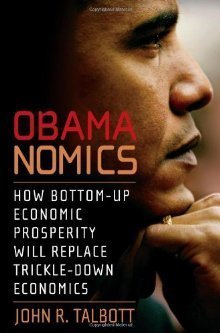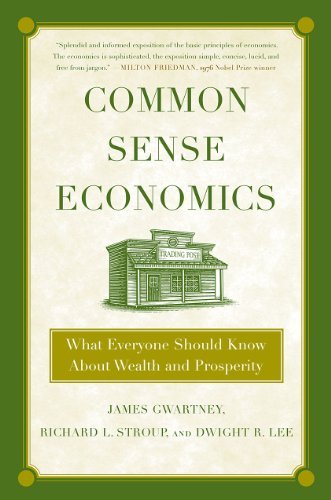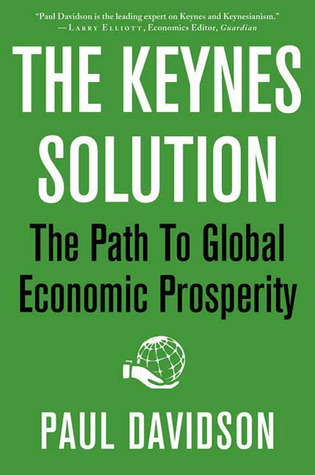
Obamanomics: How Bottom-Up Economic Prosperity Will Replace Trickle-Down Economics
Book Description
Imagine an economy where prosperity springs from the grassroots, empowering every individual rather than trickling down from the wealthy few. In "Obamanomics," John R. Talbott paints a bold vision of economic renewal that challenges the status quo. This gripping manifesto argues that traditional trickle-down strategies have failed, amplifying inequality and stifling growth. With incisive analysis and compelling real-world examples, Talbott unveils a revolutionary approach to wealth creation, demonstrating how inclusive policies can ignite innovation and uplift communities. Can America embrace this transformative vision and ignite a new era of economic justice?
Quick Book Summary
"Obamanomics" by John R. Talbott critiques the traditional trickle-down economic model, arguing that it has led to widening inequality and sluggish economic growth. Instead, Talbott advocates for a bottom-up approach to prosperity, where grassroots empowerment, broad access to opportunity, and inclusive economic policies drive sustainable development. The book uses historical context, economic analysis, and real-world examples to illustrate how policies focused on the broader population—rather than wealthy elites—can fuel innovation, stimulate demand, and ensure robust, fair economic expansion. Ultimately, Talbott issues a call to action for policymakers and citizens to reimagine and rebuild the American economy on foundations of fairness, inclusivity, and long-term resilience.
Summary of Key Ideas
Table of Contents
Failures of Trickle-Down Economics
Talbott opens by detailing the shortcomings of trickle-down economics, showing how policies that favor the wealthy have exacerbated inequality and left many Americans behind. He examines the aftermath of recent financial crises and demonstrates how a focus on top-down wealth distribution fails to produce broad-based growth. Historical data and contemporary events underscore the urgent need for change, as the benefits of economic expansion have not been widely shared.
The Case for Grassroots Empowerment
Building on this critique, Talbott champions a bottom-up approach, emphasizing the economic potential of grassroots empowerment. He argues that when ordinary people have the resources and opportunities to succeed, innovation and productivity flourish. The book presents case studies of communities and sectors revitalized through investment in education, healthcare, infrastructure, and small business support, illustrating the ripple effects of inclusive prosperity.
Inclusive Innovation and Opportunity
Innovation and competitiveness, Talbott contends, are best fostered by tapping into the talents of the entire population. He highlights how inclusive policies, such as accessible education and robust social safety nets, not only benefit individuals but also strengthen the economy as a whole. Real-world examples demonstrate how societies that invest in their people enjoy more dynamic growth and stability than those that concentrate wealth at the top.
Policy Shifts for Economic Justice
Talbott outlines concrete policy shifts needed to achieve bottom-up prosperity. Recommendations include progressive taxation, increased public investment in social goods, strengthening labor rights, and incentivizing responsible corporate behavior. He stresses the importance of participatory democracy in shaping economic policy and calls for a rebalancing of power between capital and labor to rebuild trust and social cohesion.
Rethinking Prosperity and Growth
The book concludes by challenging entrenched beliefs about wealth creation and prosperity. Talbott urges readers and policymakers to recognize the limitations of old economic models and embrace a new vision that prioritizes justice, opportunity, and shared growth. "Obamanomics" ultimately frames economic renewal as a moral and practical imperative, laying out a roadmap for a more equitable and resilient American future.
Download This Summary
Get a free PDF of this summary instantly — no email required.





